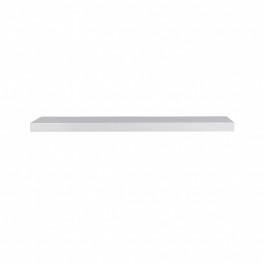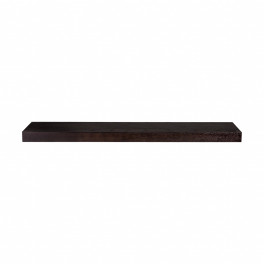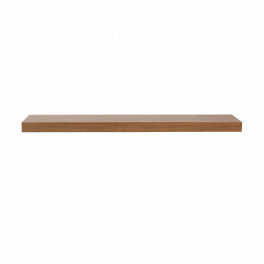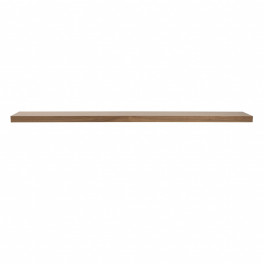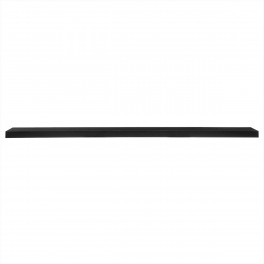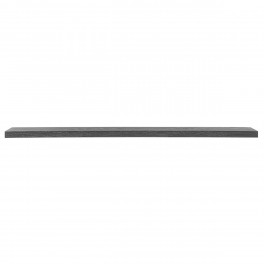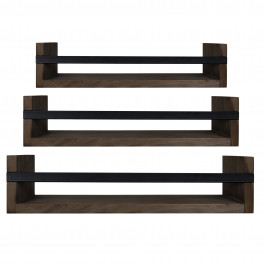Chop saw. Miter saw. Compound miter saw. Sliding miter saw. Aack! What are the differences, and what are the best miter saw buying tips? Don’t stress. Here you’ll find what you need to know about miter saws so you can get the right saw for you.
Although a miter saw isn’t part of assembling the perfect toolbox, and it’s not an essential tool for home maintenance or giving your home a facelift, it can be a handy addition to your DIY arsenal. Here’s a miter saw guide to help you be sure whatever miter saw you buy will make the cut.
What is a Miter Saw?
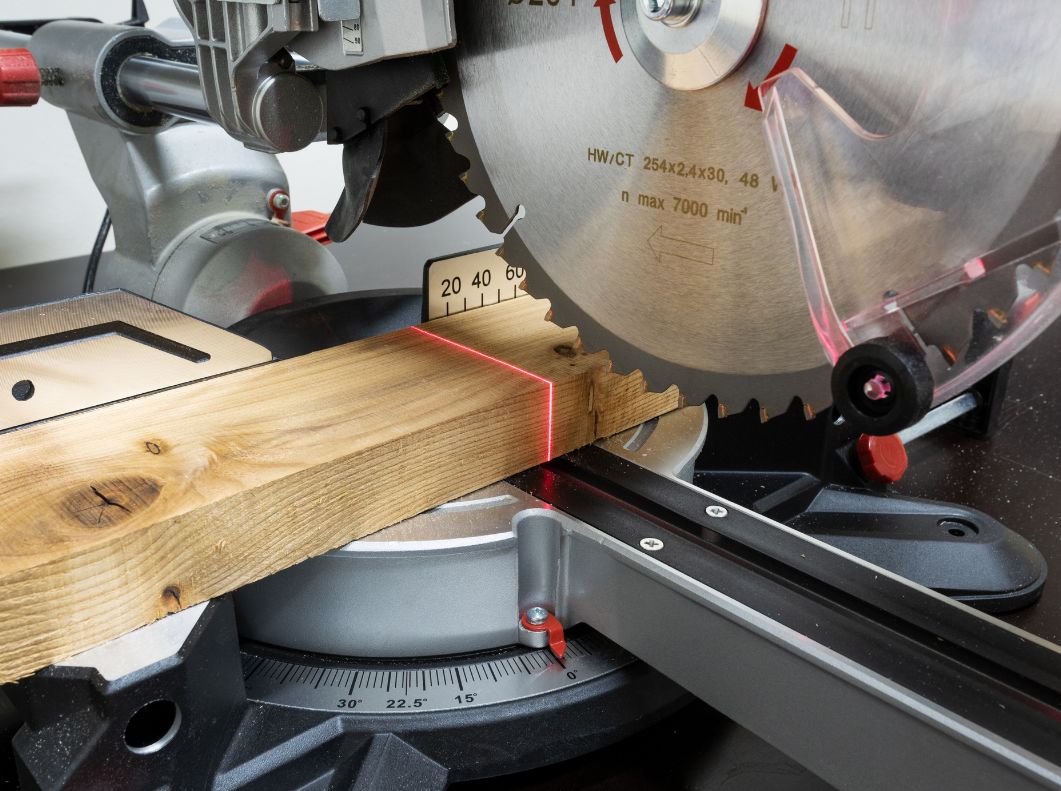
A miter saw is a saw (duh) that allows you to make cuts at various angles. It’s a circular saw mounted on a frame. The saw’s blade is on an arm that can swing left or right to get the angled cuts. Miter saws are sized according to what size blades they take, which are typically 8-, 10-, or 12-inch blades.
Angled cuts are needed for making picture frames, door frames, window casings, and crown molding. You can also use angled cuts to design specialized projects. For example, as part of a project my husband is currently working on, he designed this cabinet door. He made the angled cuts of the pieces joined to make the door front with his miter saw.
Miter Saw vs. Chop Saw
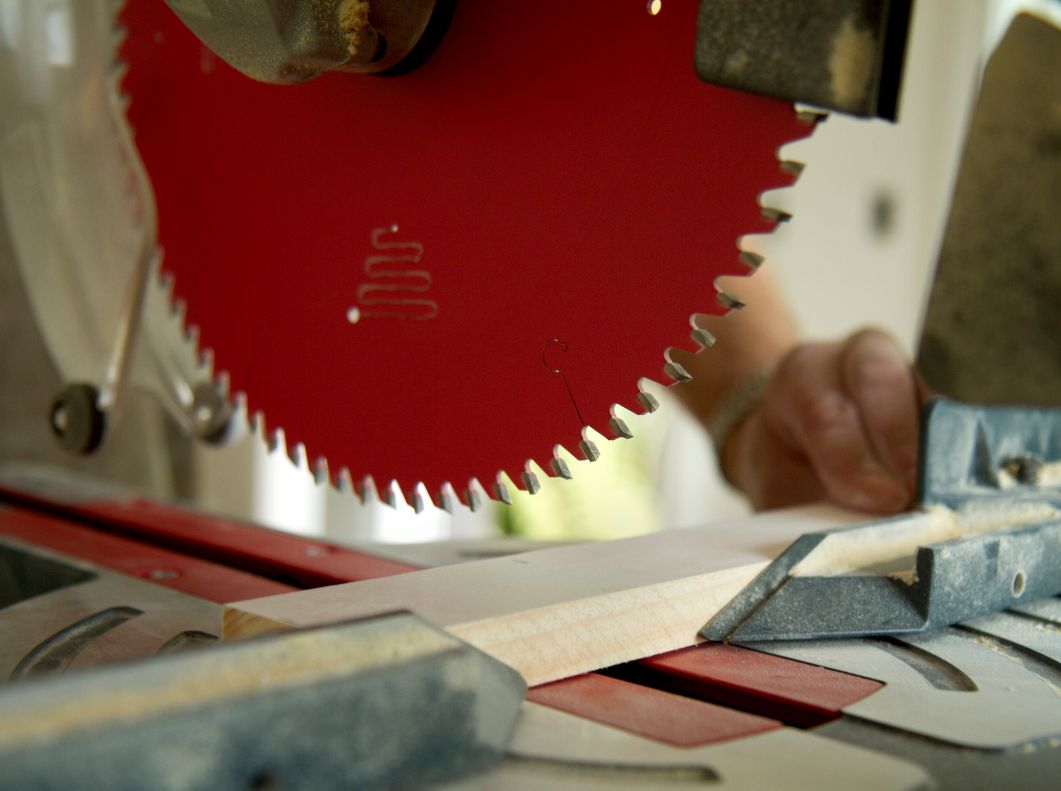
Until recently, my husband always called his miter saw a “chop saw.” This is a common misnomer. A chop saw is actually a saw that can cut at only one angle. If the saw can cut at a variety of angles, it’s a miter saw.
Types of Miter Saws
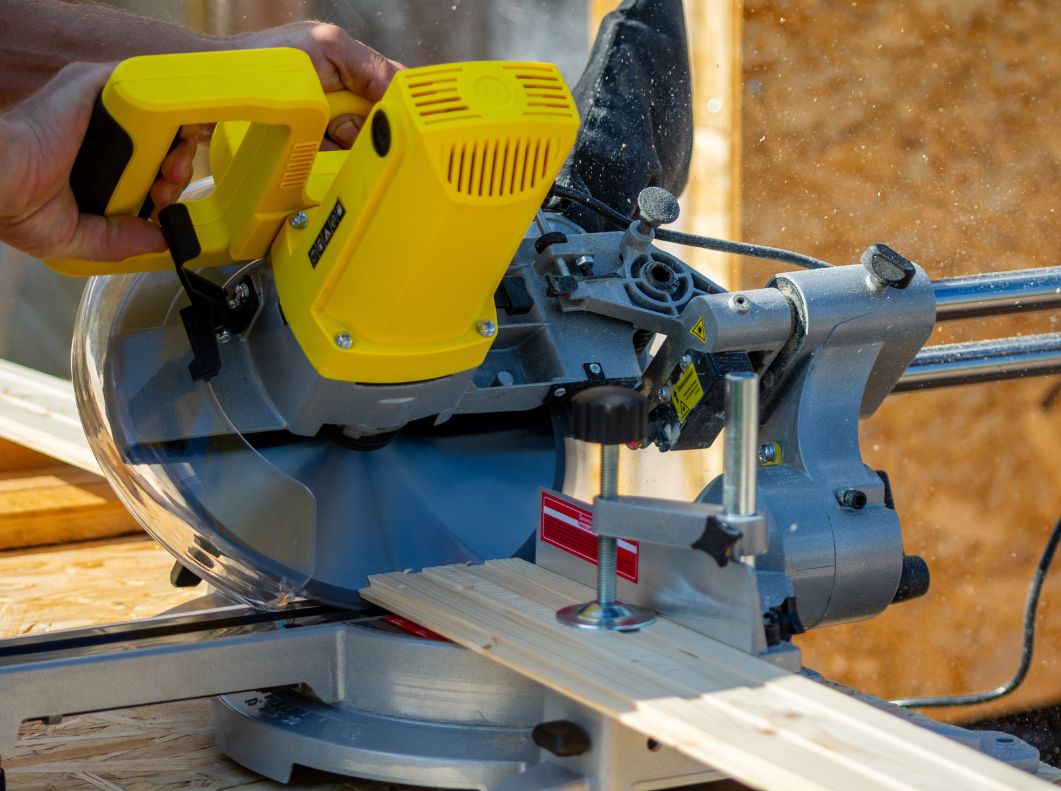
So you’re wondering, miter saw vs. compound miter saw or miter saw vs. sliding miter saw. Which should you get? To make a good decision about which to buy, you need to know what the different saws will do. Here are the basic functions of the varying types of miter saws.
Basic Miter Saw
A simple miter saw, also sometimes called a chop saw (even though, as discussed above, that’s a bit of a misnomer), will make basic angled cuts in one direction. This type of saw is all you need for most trim projects.
Compound Miter Saw
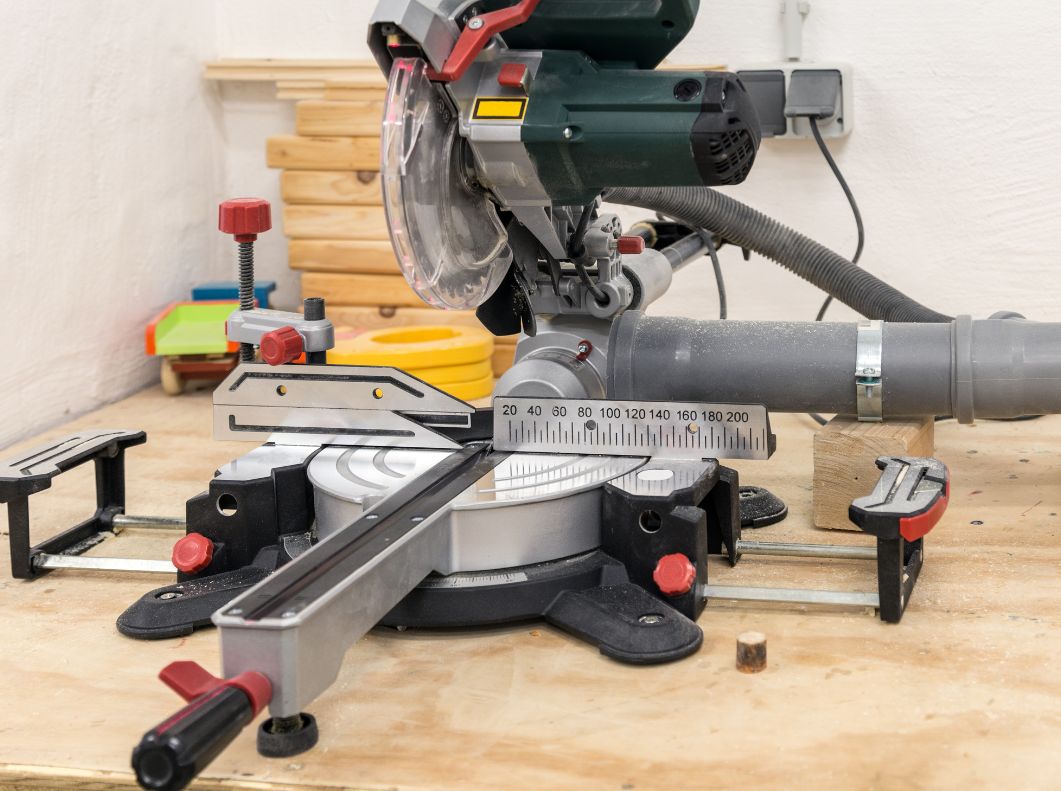
A compound miter saw not only allows the blade to shift from left to right for angled cuts, but it can also tilt the blade to make beveled cuts.
Beveled cuts are cuts that aren’t straight up and down in the wood. In other words, a compound miter saw allows you to cut angles on two planes. Although you can accomplish this sort of cut using a regular miter saw, doing so requires repositioning the wood for each cut … one position for a miter cut …
… and another position for a beveled cut.
A compound miter saw makes it easy to make cuts for picture frames and crown molding.
Compound miter saws come in two versions: the basic compound miter saw and the dual compound miter saw. Dual compound miter saws tilt the blade in two directions so you can create beveled cuts at any angle.
Sliding Miter Saw
A sliding miter saw, also called a sliding compound miter saw, has the capabilities just described. However, these saws also have an additional sawing trick: you can move the blade forward and backward on a sliding miter saw. This feature allows you to increase the length of the cut you can make with the saw.
Miter Saw Features

When you shop for a miter saw, you’ll discover a wide variety of miter saws with various features. Here are the features you should check before you buy a miter saw:
Amperage
Amps are a measurement of how powerful the saw’s motor is. The more amps a saw has, the more powerful it is. Miter saw amperage typically varies from 10 to 15 amps. For most home projects, a saw of 10 or 12 amps should be more than adequate.
Blade Size
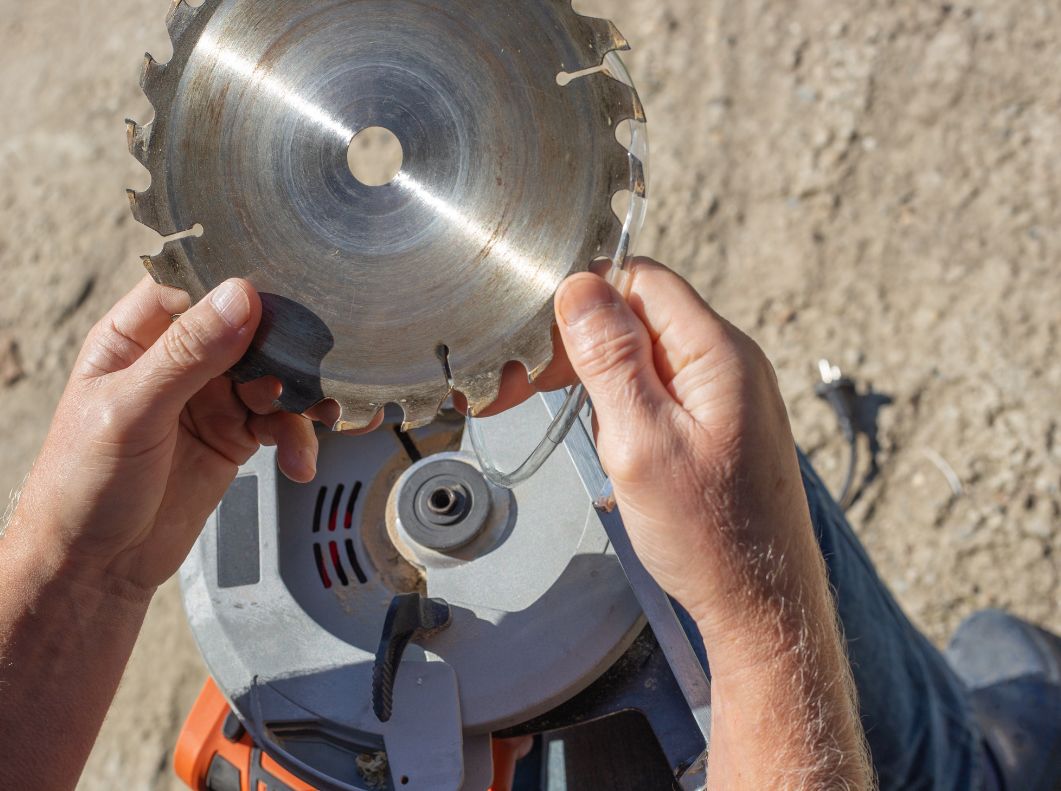
As noted before, miter saws come in various sizes that relate to their blade size. A miter saw with an 8-inch blade will be fine for most DIY projects. However, if you’re going to be making longer cuts, consider getting a 12-inch miter saw.
Positive Stops
Positive stops are preset angle points on the saw. Instead of having to manually set the saw at every angle, you can quickly make cuts at specific angles if you have a saw with positive stops. The more positive stops your saw has, the less time you’ll spend setting up your cuts.
Depth Stops
These settings allow you to adjust the height of the saw blade so you can manage how deep your cuts will be.
Spindle or Shaft Locks
These immobilize the blade so it’s easier to change out blades.
Articulated Blade Guards
When a blade guard is articulated, it can be lifted away from the wood as you cut so you get a clearer view of your cutting line as you make your cut. An articulated guard will lower to completely cover the blade when the blade is raised.
Electric Brakes
An electric brake reverses the electrical flow to the saw motor. If a saw has these brakes, when you release the saw trigger, the current will stop the blade in about two seconds. This is much faster than just allowing the blade’s momentum to stop naturally.
Dust Chutes, Blowers, or Bags
These features help keep your work area clean by gathering the dust as you work.
Table Extensions
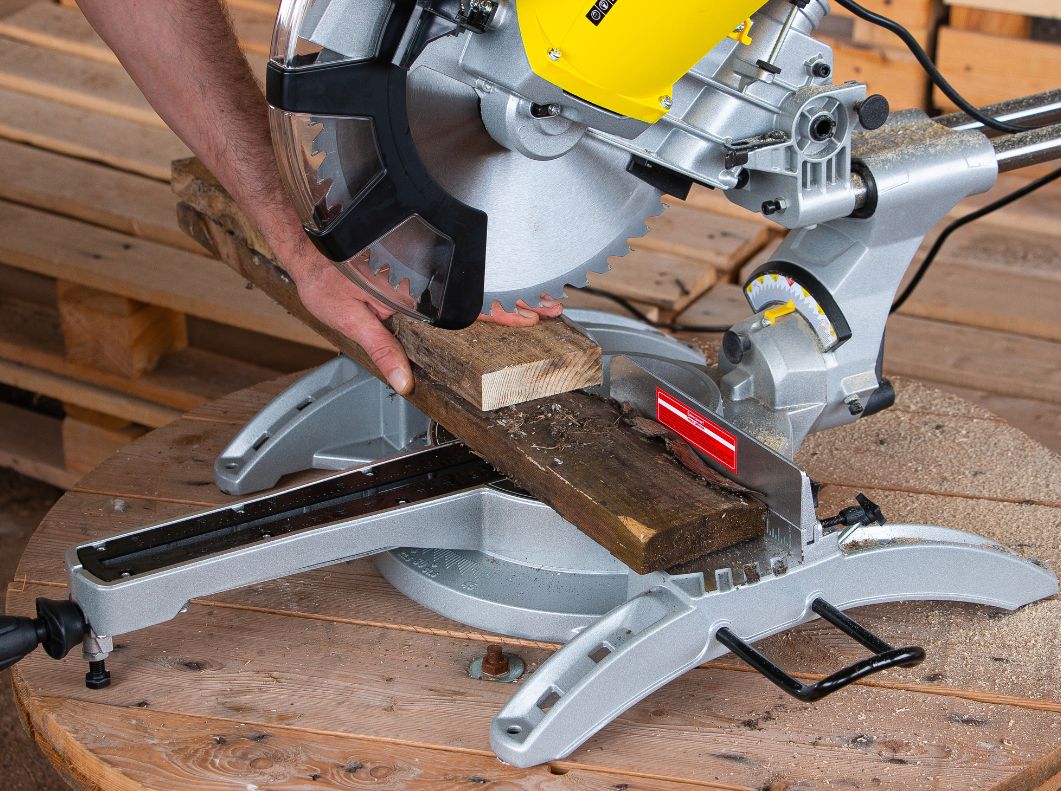
These attach to the saw’s sides to provide support for long pieces of wood. Although handy, you can accomplish the same thing by using sawhorses or other separate supports.
Sliding or Flip Fences
These allow you to adjust the fence so you have customizable support for various heights and lengths of wood.
Guide Lights
These lights project a beam or a shadow onto the wood to help you make more accurate cuts.
Digital Displays
As the name suggests, saws with these displays give you a digital readout of bevel and miter settings.
Bottom Line Buying Advice
Although a miter saw is an important tool for a frequent DIYer and an essential tool for a woodworker, the type of miter saw you need depends on the type of project you do. For most simple DIY projects, a basic miter saw will be all you need.
If you plan to do a lot of crown molding or picture frames, you’ll want to invest in a compound saw. If you’re going to do a lot of this type of work, you’ll enjoy having a sliding compound miter saw.
As far as features go, to do your average home projects, you don’t need any of the extra features described in the last section. If you’re an avid woodworker, however, or if you simply have the money to spend and like to buy the best, look for a sliding compound miter saw with all the features listed above.




